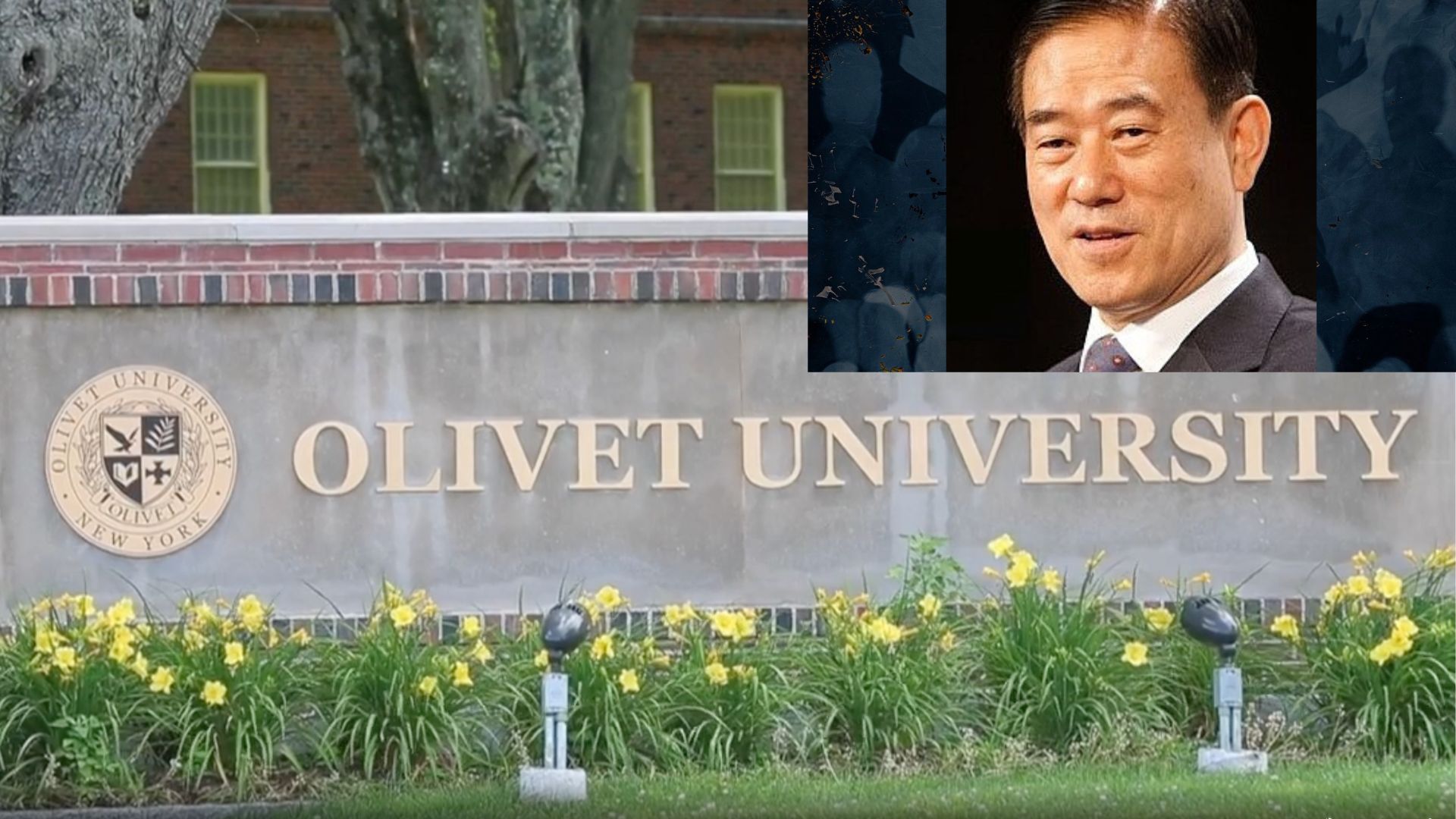No products in the cart.
UNDERSTANDING CHILD EXPLOITATION
Child exploitation is a multifaceted and deeply distressing issue that deprives children of their fundamental rights and dignity. It encompasses a wide range of abuses, including sexual exploitation, labor exploitation, trafficking, and online exploitation, each with devastating consequences for victims. Despite ongoing efforts to combat child exploitation, it remains a pervasive problem globally, affecting millions of children annually. Understanding the various forms and impacts of child exploitation is crucial for developing effective prevention and intervention strategies.
SEXUAL EXPLOITATION: A DEVASTATING REALITY
Sexual exploitation represents one of the most egregious forms of child abuse, involving the coercion, manipulation, or forced involvement of children in sexual activities for the gratification of others. This reprehensible practice takes many forms, including rape, molestation, pornography, prostitution, and online grooming. Perpetrators of sexual exploitation often prey on vulnerable children, exploiting their trust, dependency, and innocence for their own perverse desires. The trauma inflicted by sexual exploitation can have long-lasting effects on victims, impacting their physical health, mental well-being, and overall development.
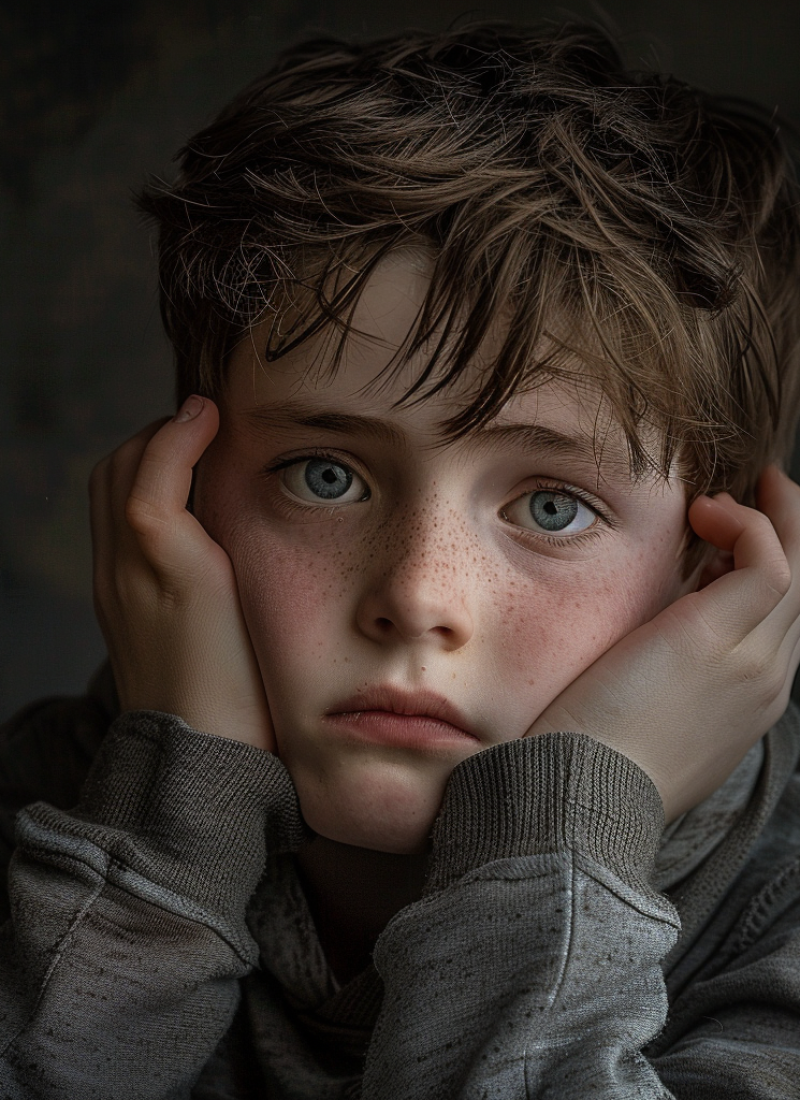
LABOR EXPLOITATION: ROBBING CHILDREN OF THEIR CHILDHOOD
Labor exploitation deprives children of their right to a childhood, education, and future opportunities, trapping them in a cycle of poverty and exploitation. Children engaged in labor exploitation often work in hazardous conditions, performing tasks that are physically demanding, mentally exhausting, and emotionally draining. They may be subjected to long hours, low wages, and lack of access to education, healthcare, and basic necessities. Addressing labor exploitation requires comprehensive measures to enforce labor laws, regulate working conditions, and provide support and alternatives for affected children.
TRAFFICKING: A GLOBAL SCOURGE
Trafficking is closely intertwined with both sexual and labor exploitation, involving the recruitment, transportation, and exploitation of children for various purposes, including forced labor, sexual exploitation, domestic servitude, and organ harvesting. Trafficked children are often lured with false promises of better opportunities, education, or a brighter future, only to be exploited and abused by traffickers. Trafficking networks operate both domestically and internationally, preying on vulnerable children from disadvantaged backgrounds, conflict zones, and marginalized communities. Combating trafficking requires a coordinated and multi-pronged approach, involving prevention, protection, prosecution, and partnership at local, national, and international levels.

ONLINE EXPLOITATION: THE DARK SIDE OF THE DIGITAL AGE
Online exploitation has emerged as a growing concern in recent years, fueled by the widespread availability of the internet and digital technologies. Online predators use social media, chat rooms, gaming platforms, and other online spaces to target, groom, and exploit children for sexual purposes. They employ various tactics, such as deception, manipulation, and coercion, to establish relationships with children and persuade them to engage in sexual activities or share explicit images and videos. Online exploitation not only poses a direct threat to children’s safety but also facilitates the distribution and consumption of child sexual abuse material, perpetuating the cycle of victimization and harm. Preventing online exploitation requires collaborative efforts from policymakers, law enforcement agencies, technology companies, educators, parents, and communities to enhance online safety, raise awareness, and promote digital literacy among children and caregivers.
PREVENTION STRATEGIES: EMPOWERING CHILDREN AND COMMUNITIES
Prevention is key to combating child exploitation and safeguarding children from harm. Empowering children with knowledge, skills, and resources to protect themselves is essential for preventing exploitation. Education programs should teach children about their rights, boundaries, and safe behaviors, both offline and online. Communities play a crucial role in creating protective environments for children, fostering supportive networks, and promoting positive social norms. Engaging parents, caregivers, teachers, and other stakeholders in prevention efforts is vital for building resilience and promoting child well-being. Prevention strategies should also address the root causes of exploitation, including poverty, inequality, discrimination, and social marginalization.
IDENTIFICATION AND SUPPORT: A LIFELINE FOR VICTIMS
Identifying and supporting victims of child exploitation is critical for their recovery and rehabilitation. Early detection and intervention can prevent further harm and facilitate access to essential services, including medical care, counseling, shelter, legal assistance, and education. Building trust and rapport with victims is essential for encouraging disclosure and providing effective support. Multidisciplinary teams comprising social workers, psychologists, law enforcement officers, healthcare professionals, and child protection specialists should collaborate to assess needs, develop tailored interventions, and coordinate services for victims and their families. Victim-centered approaches that prioritize the safety, well-being, and autonomy of survivors are essential for restoring dignity and promoting healing.
LEGAL FRAMEWORKS AND ACCOUNTABILITY: HOLDING PERPETRATORS TO JUSTICE
Strong legal frameworks and effective law enforcement mechanisms are essential for holding perpetrators of child exploitation accountable for their actions. Laws should criminalize all forms of child exploitation, including sexual abuse, trafficking, labor exploitation, and online exploitation, and provide for stringent penalties for offenders. Ensuring access to justice and due process for victims is essential for their empowerment and vindication. Prosecuting perpetrators and dismantling criminal networks require robust investigative techniques, evidence collection, and cooperation among law enforcement agencies at local, national, and international levels. Strengthening international cooperation, extradition agreements, and mutual legal assistance mechanisms is crucial for combating cross-border exploitation and trafficking networks.
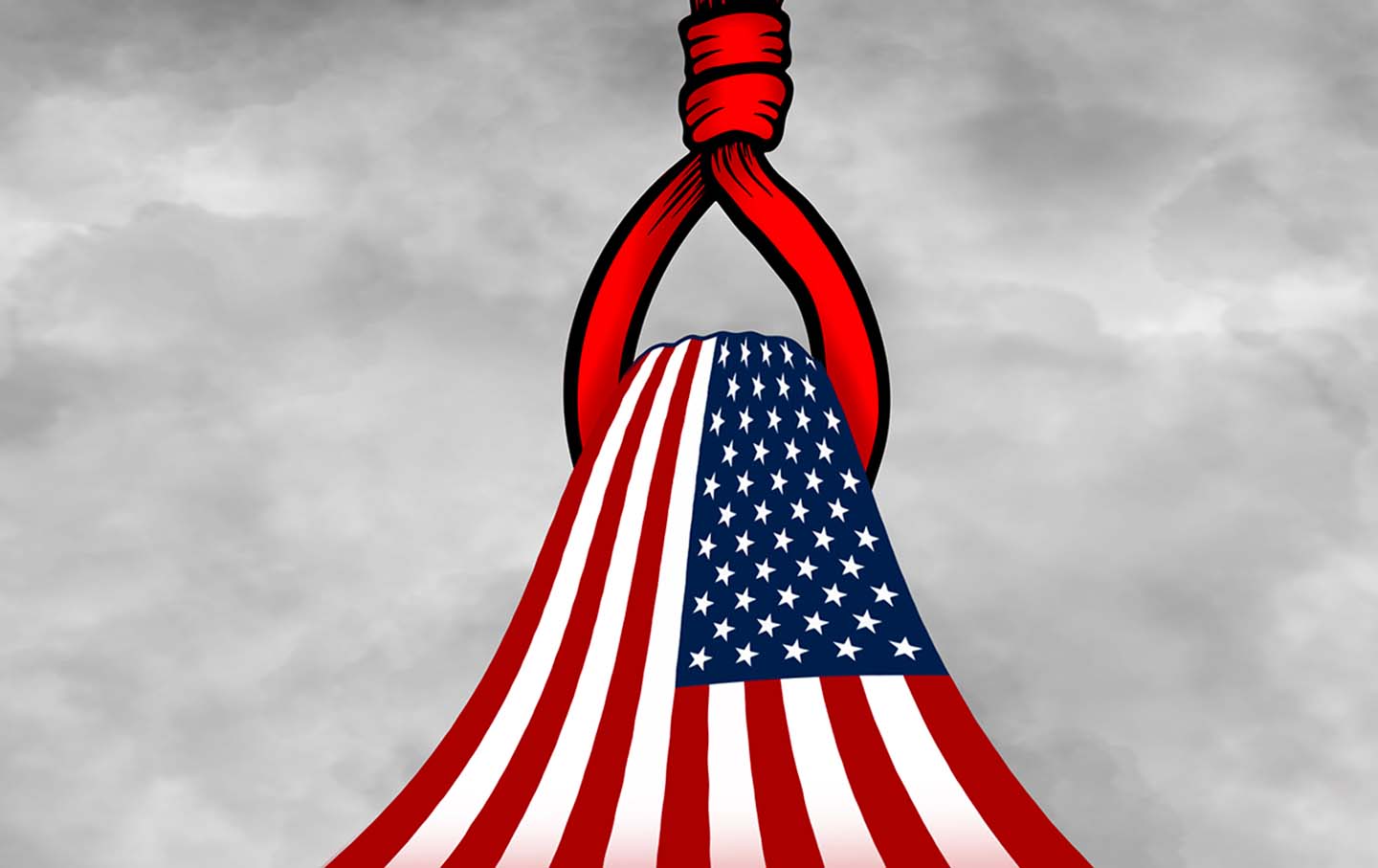
Is America Killing Itself?
December 22, 2024
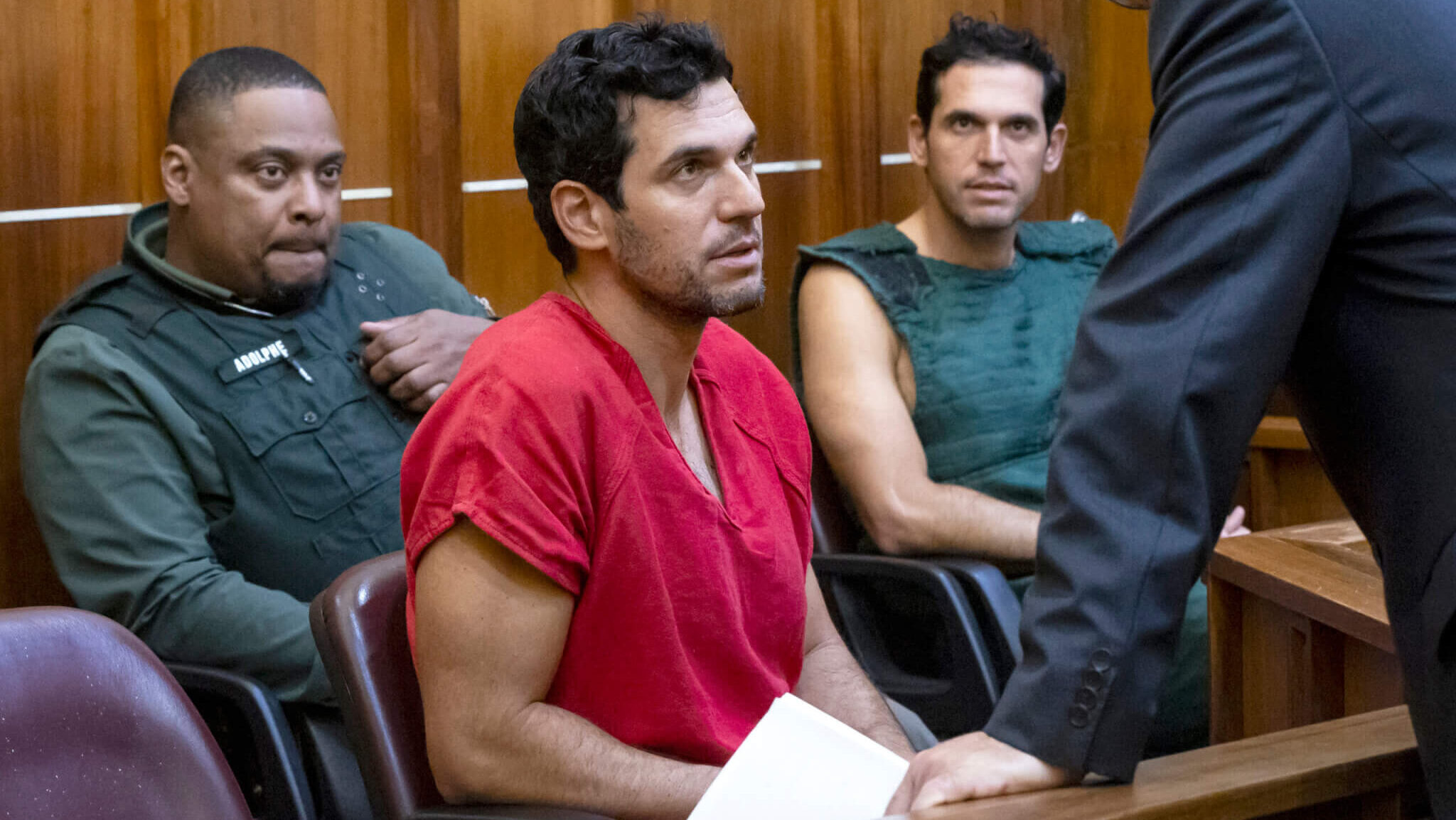
Real estate brothers Oren and Alon Alexander to remain in custody
December 22, 2024

Why Apple sends spyware victims to this nonprofit security lab
December 21, 2024
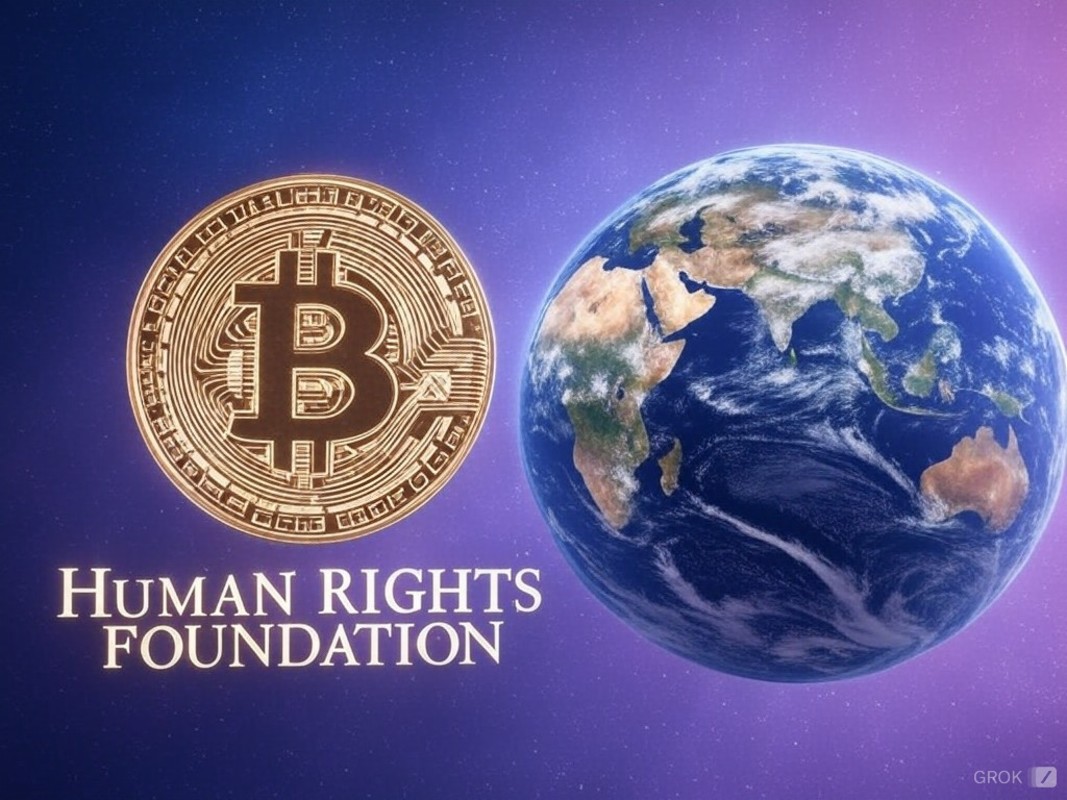
CONCLUSION:
A CALL TO ACTION
In conclusion, child exploitation is a grave violation of children’s rights and a moral outrage that demands urgent action and collective responsibility. By understanding the various forms and impacts of exploitation, developing comprehensive prevention and intervention strategies, and mobilizing resources and support, we can create a safer and more just world for all children. Every child deserves to grow up in a nurturing and protective environment, free from exploitation, abuse, and harm. It is our collective responsibility to safeguard children’s rights, dignity, and well-being and ensure that they can thrive and reach their full potential. Together, we can make a difference and end child exploitation for good.







